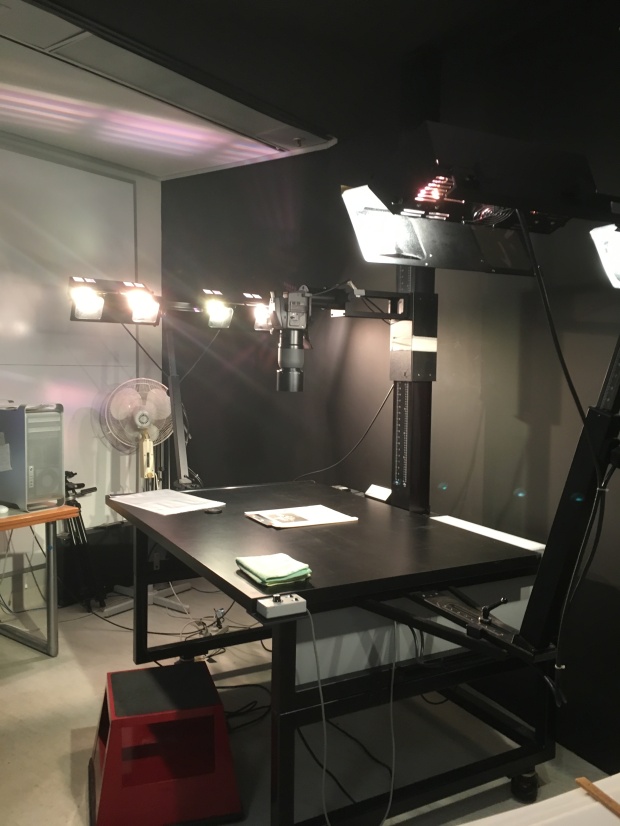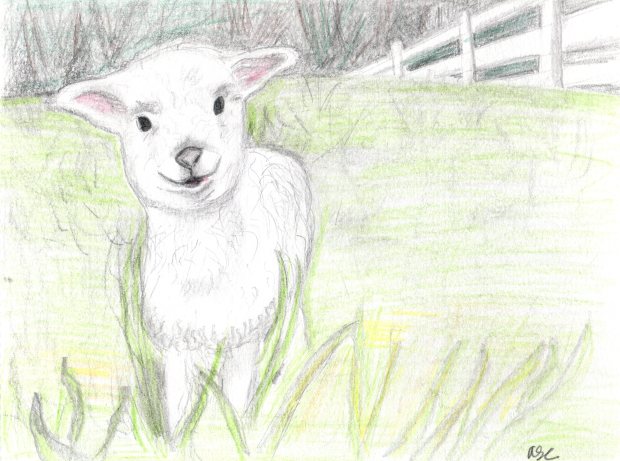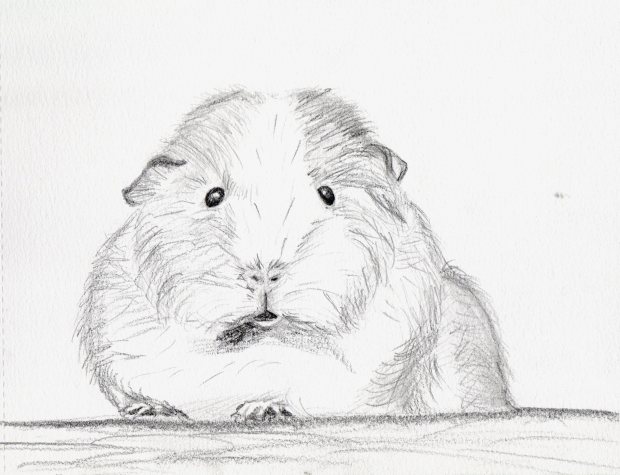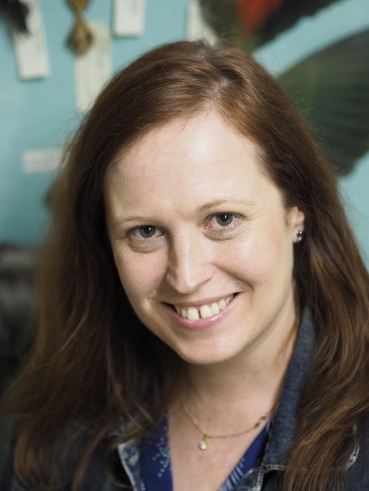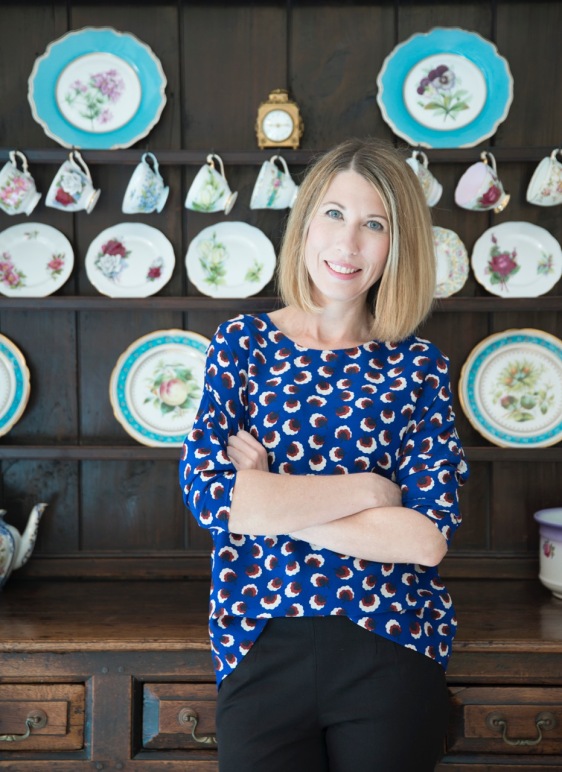
Welcome to the Fabulous Natasha Lester
Natasha Lester worked as a marketing executive for L’Oreal, managing the Maybelline brand, before returning to university to study creative writing. She completed a Master of Creative Arts at Curtin University as well as her first novel, What is Left Over, After, which won the TAG Hungerford Award for fiction. Her second novel, If I Should Lose You was published in 2012 and her first historical novel, the bestselling A Kiss from Mr Fitzgerald, was published in 2016. Her latest book is Her Mother’s Secret (2017). The Age newspaper has described her as “a remarkable Australian talent.”
She has been the recipient of grants by the Australia Council, and a writing residency from Varuna, The Writers House. In her spare time, she loves to teach writing, is a sought after public speaker and can often be found drinking tea, buying shoes, doing headstands at yoga, or playing dress-ups with her 3 children. She lives in Perth.
Her Mother’s Secret

1880’s Girl: For Her Mother’s Secret there were so many avenues of research there is New York City, Sutton Veny, the history of cosmetics from cottage industry to million dollar market, the clothes, department stores, Elizabeth Arden, the Spanish flu, 1920’s upper-class night life just to name a few. So…
Q1: How much research do you do before you start writing?
Natasha: None!
I do a little research while writing my first draft; every lunch time I take half an hour to eat and to read from a research book. But that’s about all I do, except for quick, basic fact checking that I can do on the internet, such as: what was the street address of Lord & Taylor department store in 1920. The reason I do it this way is because I’m a pantser; I don’t know what the story is until I’ve written it. If I was to research first, I’d research too much and I’d research things I don’t actually need to know about.
Once I’ve finished the first draft, I then have a research blueprint. I research to fill in all the gaps in that first draft, so I can be really focused. I’ll take about a month off writing at this point and just do research, which might involve travelling to locations, going through archival material, reading primary and secondary sources etc.How do you balance the story with historical accuracy?
Q2: How do you balance the story with historical accuracy?
Natasha: I always aim to be as historically accurate as possible. If I discover that a certain plot point isn’t possible based on the research, then I have to work out a way to alter the plot so the story can still unfold in a similar way, but with historical accuracy.
This often means spending lots of time on painful small details, such as which passenger ships were making the run between England and New York after the end of the first world war and at what month in 1919 was it likely that my heroine might be on such a ship. But, to me, it’s important that the reader feels completely swept away into the time and place in which my books are set, and you can only do this if the history is as accurate as you can possibly make it.

Q3: Where did you find your information on how to make cosmetics?
Natasha: I purchased Volumes 1-4 of Cosmetics: Science and Technology, which were the first cosmetic chemistry handbooks ever to be published in 1957. They provide an overview of traditional recipes for every kind of cosmetic, plus trace the evolution of those recipes through to the 1950s. This made me realise that a lot of the natural beauty websites which now provide recipes for going back to basics and making your own cosmetics are based on the recipes women used pre-1920, before they could purchase such things in stores.
Q4: What motivated you to have-a-go at making Cosmetics yourself rather than just reading about it?
Natasha: I wanted to know what it felt like. To write accurately about
To write accurately about a woman mixing up pots of lip colour on a stove is only possible if you’ve actually done it. And, once I discovered how few ingredients the early lip colours had (pre-lipstick tube days) then I knew I had to have a go. It’s just wax, oil, pigment and scent, so four basic ingredients. I feel like the scenes where Leo is experimenting with her cosmetic formulations are so much more authentic now as they’re based on my own experience of doing the same thing; I know how the texture changes as it heats, how the mixture looks once the pigments are stirred in etc.
It’s just wax, oil, pigment and scent, four basic ingredients. I feel like the scenes where Leo is experimenting with her cosmetic formulations are so much more authentic now as they’re based on my own experience of doing the same thing; I know how the texture changes as it heats, how the mixture looks once the pigments are stirred in etc.
Q5: How did you locate and then get access to primary sources?
1880’s Girl: For Her Mother’s Secret you accessed Elizabeth Arden’s archive, and for A Kiss from Mr Fitzgerald, you went through the medical notes of some of the first female medical students How did you locate and then get access to these primary sources?
Natasha: The first thing I always do is go straight to the source. In A Kiss from Mr Fitzgerald, Evie attends Columbia Medical School. So I went to their website and located the pages about their archives. Every archive has a Finding Guide, which is usually on the website. I looked through the finding guide and discovered they had the papers of a woman who’d been to Columbia Medical School in 1922.
Then I emailed the archivist and asked if it was possible to view the papers when I was in New York. I explained what my book was about and he then suggested some other resources from the archives that might be of use. So I booked in a time and date with him, he made sure to get all the materials out of the archive that I needed, and when I arrived I spent the day looking through them. Always tell the archivist what you’re working on because they know the collection better than anyone and will be able to suggest extra materials for you.
I followed the same process for the Elizabeth Arden archives and, just recently, to view Claire McCardell’s 1930s-1940s fashion illustrations at Parsons Design School in New York.

The New York Public Library has fantastic resources for the amateur historian. Photo Attribution see here
Q6: If a writer/amateur historian finds an archive they would want to access what is the best way of going about getting access?
Natasha: These days, archival material has often been scanned and made available on the internet. The New York Public Library, for instance, has digitised a lot of its photo collections so you can access images online quickly and easily and I love using their resources. For example, for both books, I used Berenice Abbott’s Changing New York series of photographs from the 1930s extensively, which are all available online. So that’s the first thing I’d try.
When looking for archive resources, begin with the archive Finding Guide. This will narrow down your search and let you know which material can be accessed online and which can only be accessed in person, and whether you need to make an appointment or if you can just turn up.
If the materials aren’t online, email the archivist. Their details will be on the website. Tell them what you’re working on, what you’d like to see and ask whether you can access it. Sometimes, only rarely, I’ve wanted to see materials that are so delicate they’re not made available to anyone other than university fellows. But always ask, because you never know! Then make an appointment and off you go!
Q7: How much do you rely on internet sources for your research?
Natasha: Besides accessing digitised archive materials, not that much. I only use it for quick and easy fact checks, such as the date the Germans arrived in Paris in the second world war. Even then, I would always double check the fact from two reliable websites.
I get the most value out of location research and archival research. Nothing beats primary sources or being on the ground. My next most valuable set of resources would be books published in the era: I have a book called New York in 7 Days, for instance, which I purchased from Abe Books. It was published in 1922 and details the walks of two ladies around different parts of the city. It lists the buildings on each street, landmarks, where they go for lunch and what they eat, what they buy at which shops; it’s like having a bird’s eye view of an area in New York in 1922.
Q8: How do you organise your research so you can go back to it?
Natasha: Anything I find online I save as a weblink or pdf in Scrivener, so it’s right there in my manuscript. Any photographs I take on location I save straight into Scrivener so I can easily look at them when I’m writing. I can even create a link in a particular sentence in Scrivener to take me straight to a particular photograph.
When I’m in an archive, I photograph everything I think I might need: pages of lecture notes, fashion illustrations—nobody photocopies anything anymore when your phone is the best way of saving and storing material.
For information from books, I just use an old fashioned notebook and pen and take lots of notes. Once I’ve finished taking notes, I’ll go back through what I’ve written and highlight particular sections that I know will fit straight into the book, or make a note on which chapter of my book they might go into or, sometimes, I’ll make a note in my writing notebook of a scene I know I need to write based on what I’ve learned from the research. It’s a pretty simple process but it works for me!What was your

Who doesn’t love 1920’s fashion? Love this ensemble from Fransk modeteckning. 1920-tal.
Q9: What was your favourite thing to research?
1880’s Girl: Though I think I know the answer, would by any chance be clothes?
Natasha: I love all of the research; I think you have to in order to write historical fiction.
I loved the thrill of sitting in the Columbia Medical School archives and reading the handwritten lecture notes of a medical student from 1922. I also loved going to The Met Museum in New York and seeing their latest costume exhibition—nothing helps you describe the clothes of an era better than having actually seen them, photographed them and having them as reference points to use later.
Walking the streets of Paris as research for next year’s book was pretty cool too—hard to believe that it’s actually work!
Thank you, Natasha Lester, for this fabulous interview.
To grab your own copy of Her Mother’s Secrets Visit Hachette
To connect with Natasha go to:









